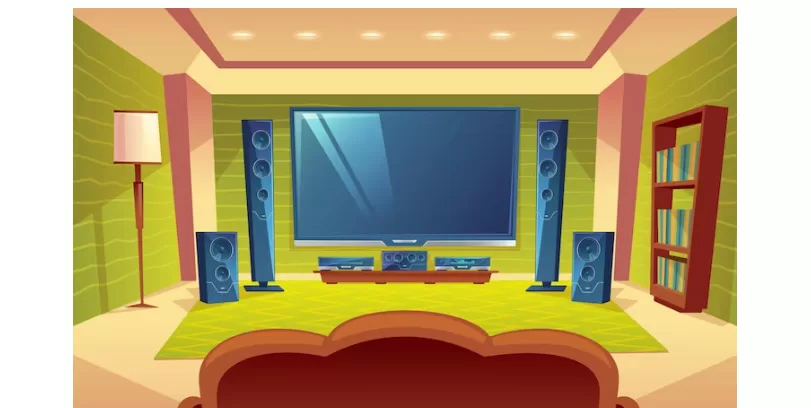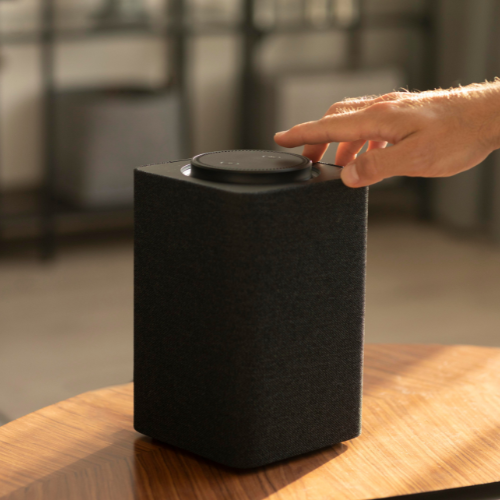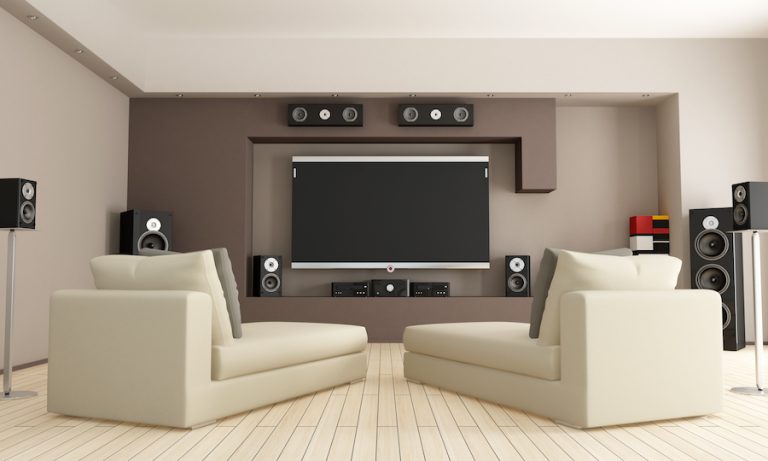Getting great sound in a room takes a lot of work. Whether it’s a small room or a huge space where sounds echo into the abyss, achieving the best sound quality can be challenging. This is especially true for large auditoriums and similar types of spaces.
However, you can transform any large space into an acoustic paradise with the right combination of electronics and strategic placement.
Let’s discover more about the world of sound improvement. Through a comprehensive exploration of six key areas, we’ll guide you on how to make your large space sound as good as it looks.
Understanding Acoustics: The Foundation of Sound
Before diving into the electronics, it’s crucial to grasp the basics of acoustics. Large spaces often struggle with issues such as echoing and sound dissipation, where sound waves bounce off surfaces or get lost in the room’s vastness.
By applying acoustic treatments such as sound-absorbing panels and diffusers, you can significantly reduce these problems. Sound-absorbing panels work by trapping sound waves, preventing them from bouncing back into the room, while diffusers scatter the sound waves, evenly distributing them across the space.
These treatments help create a more controlled sound environment, essential for achieving high-quality audio.
Strategic Speaker Placement: Maximizing Sound Coverage
 The placement of speakers plays a pivotal role in how sound is experienced in a large space. It’s not just about the quantity of speakers but their location and orientation. The goal is to ensure even sound coverage throughout the room, avoiding areas of sound shadow or excessive volume.
The placement of speakers plays a pivotal role in how sound is experienced in a large space. It’s not just about the quantity of speakers but their location and orientation. The goal is to ensure even sound coverage throughout the room, avoiding areas of sound shadow or excessive volume.
An effective strategy involves placing speakers at varying heights and angles, creating a more immersive sound experience. Ceiling-mounted speakers can provide even coverage for background music or announcements, while strategically positioned floor-standing speakers can enhance the overall depth and richness of the sound.
Remember, challenges help you move ahead. Experimenting with speaker placement can lead to discovering the optimal setup for your specific space and needs.
The Role of Acoustic Treatments: Beyond Basics
After addressing the foundational aspects of acoustics and speaker placement, it’s time to go deeper into acoustic treatments.
Beyond the basic panels and diffusers, there are advanced options like bass traps and acoustic clouds. Bass traps can absorb low-frequency sounds, which are particularly problematic in large spaces due to their tendency to pool in corners and create a muddy sound.
Acoustic clouds, suspended from the ceiling, help in absorbing and diffusing sound vertically, which is crucial in tall rooms where sound can bounce off high ceilings. These treatments improve sound quality and contribute to a space’s aesthetic, as many come in various designs and colors.
The Power of Advanced Speaker Technology
 Not all speakers are created equal when filling a large space with sound. There are numerous options on the market, from those designed for crisp highs to those that effortlessly handle deep lows. However, the key to achieving an immersive sound experience lies in a balanced setup that caters to the full spectrum of sound.
Not all speakers are created equal when filling a large space with sound. There are numerous options on the market, from those designed for crisp highs to those that effortlessly handle deep lows. However, the key to achieving an immersive sound experience lies in a balanced setup that caters to the full spectrum of sound.
This is where the concept of speaker systems comes into play, integrating different types of speakers to cover the entire range of frequencies.
For the lows, consider incorporating subwoofers into your setup. These are designed to handle the bass frequencies that regular speakers struggle with. Placing subwoofers strategically throughout the space can ensure that the bass feels both powerful and evenly distributed.
For large spaces, portable subwoofers offer flexibility and ease of placement, allowing you to experiment with locations to achieve the best sound distribution. Remember, the goal is not to overpower but to complement the overall sound landscape, creating an environment where every note is felt as much as it is heard.
Leveraging Audio Processing Equipment
Audio processing equipment such as equalizers, mixers, and digital signal processors (DSPs) can play a pivotal role in further refining the sound quality in large spaces. These devices allow for fine-tuning of the sound by adjusting frequencies, balancing inputs, and managing acoustic anomalies specific to your space.
An equalizer, for instance, can help in smoothing out the frequency response, ensuring that no particular range of frequencies dominates the sound. DSPs take this a step further by offering options to digitally enhance the sound for clarity, depth, and even surround sound effects.
Embracing Wireless Audio Solutions
 The convenience and flexibility of wireless audio cannot be overstated. Wireless speaker systems and audio streaming devices offer a seamless way to integrate sound into large spaces without the clutter and limitation of cables.
The convenience and flexibility of wireless audio cannot be overstated. Wireless speaker systems and audio streaming devices offer a seamless way to integrate sound into large spaces without the clutter and limitation of cables.
This technology has advanced to the point where audio quality does not suffer over wireless connections, allowing high-definition audio to be transmitted over distances without losing fidelity.
Additionally, wireless systems can be easily expanded and customized to suit any space, allowing control of different zones independently and streaming different audio feeds as needed.

